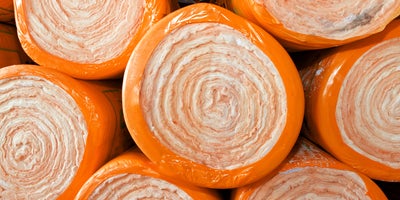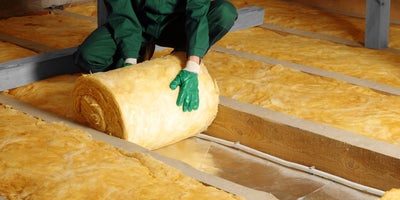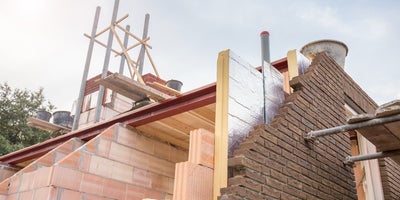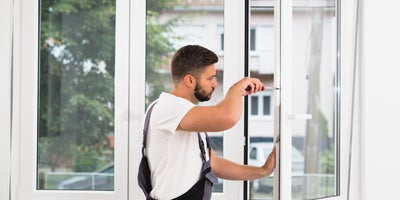Keeping cosy: insulating your home

As we strive to reduce carbon footprints and cut down on soaring utility bills, insulation is proving to be more important than ever. Not just in the winter, but all year round. It’s worth considering the different ways in which you can insulate your home. From cutting-edge technologies like spray foam insulation and reflective barriers to sustainable and eco-friendly alternatives, such as recycled denim and cellulose insulation. There are pros and cons of each method. Achieve a snug and energy-efficient living space and say goodbye to chilly winters and scorching summers – it's time to embrace the comfort and efficiency your home deserves.



